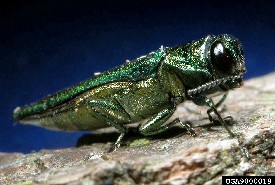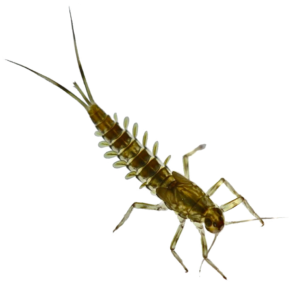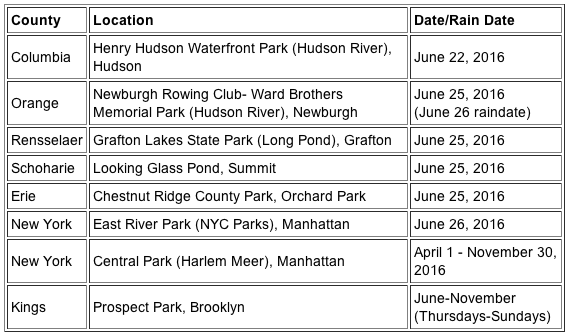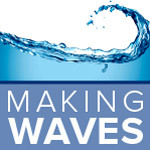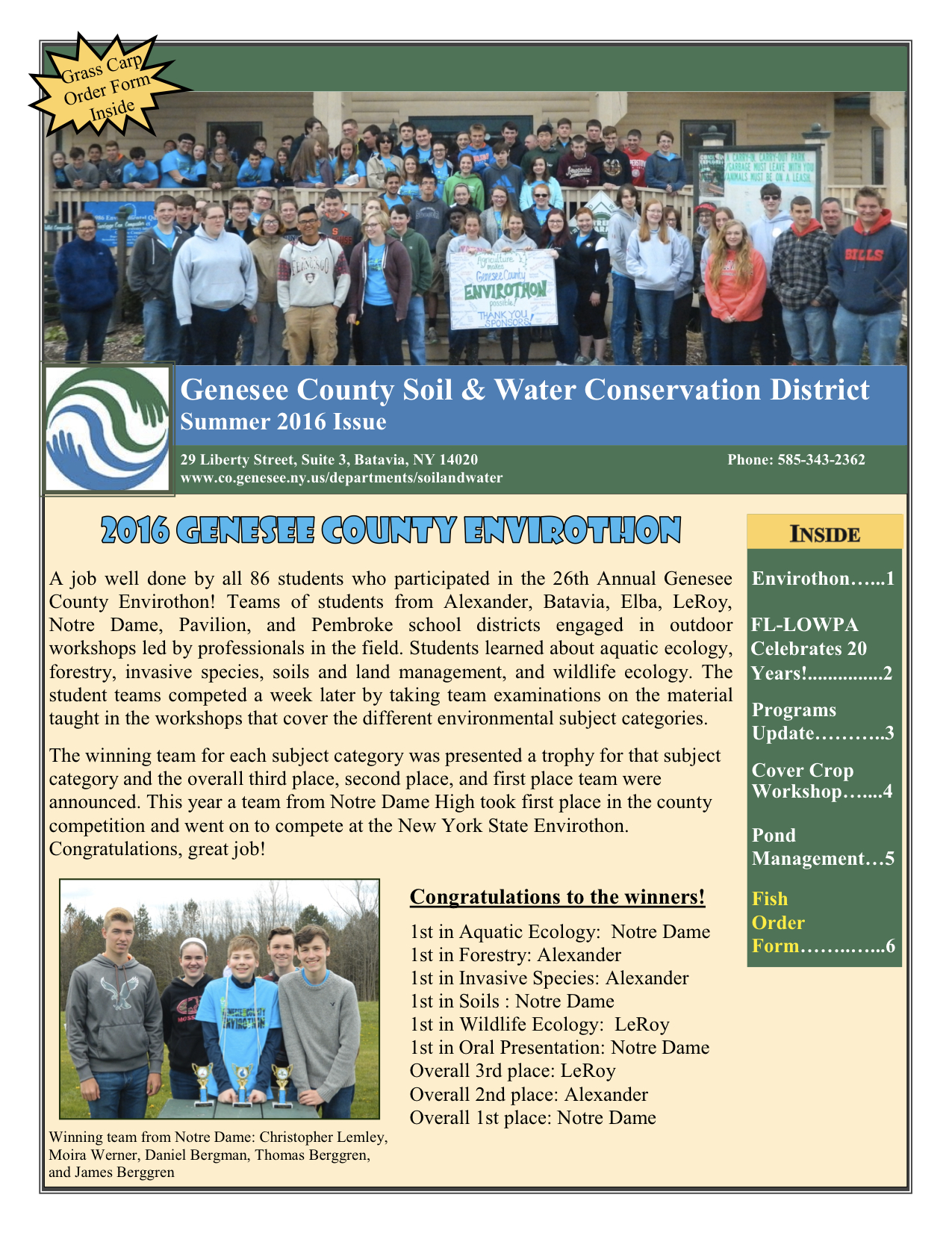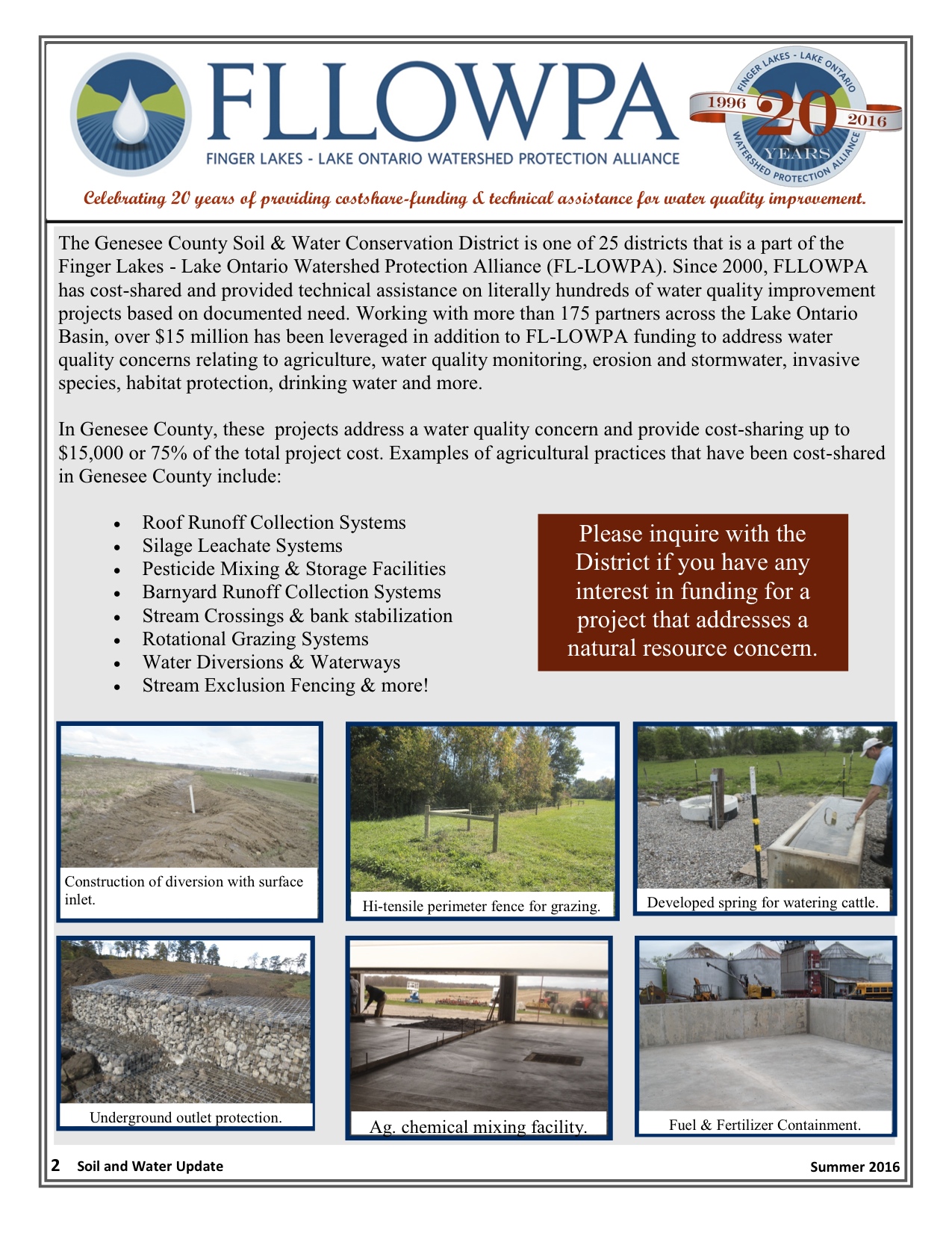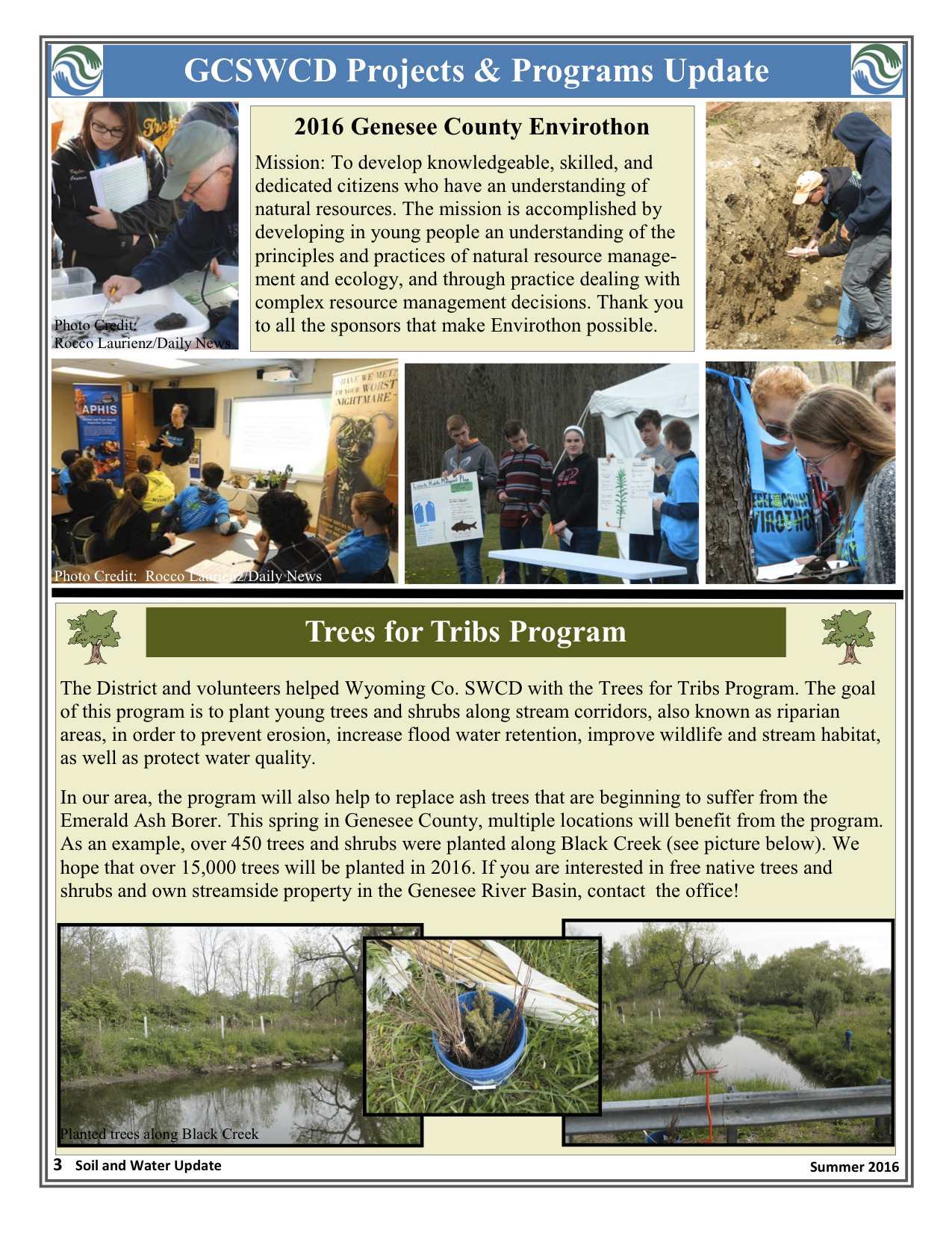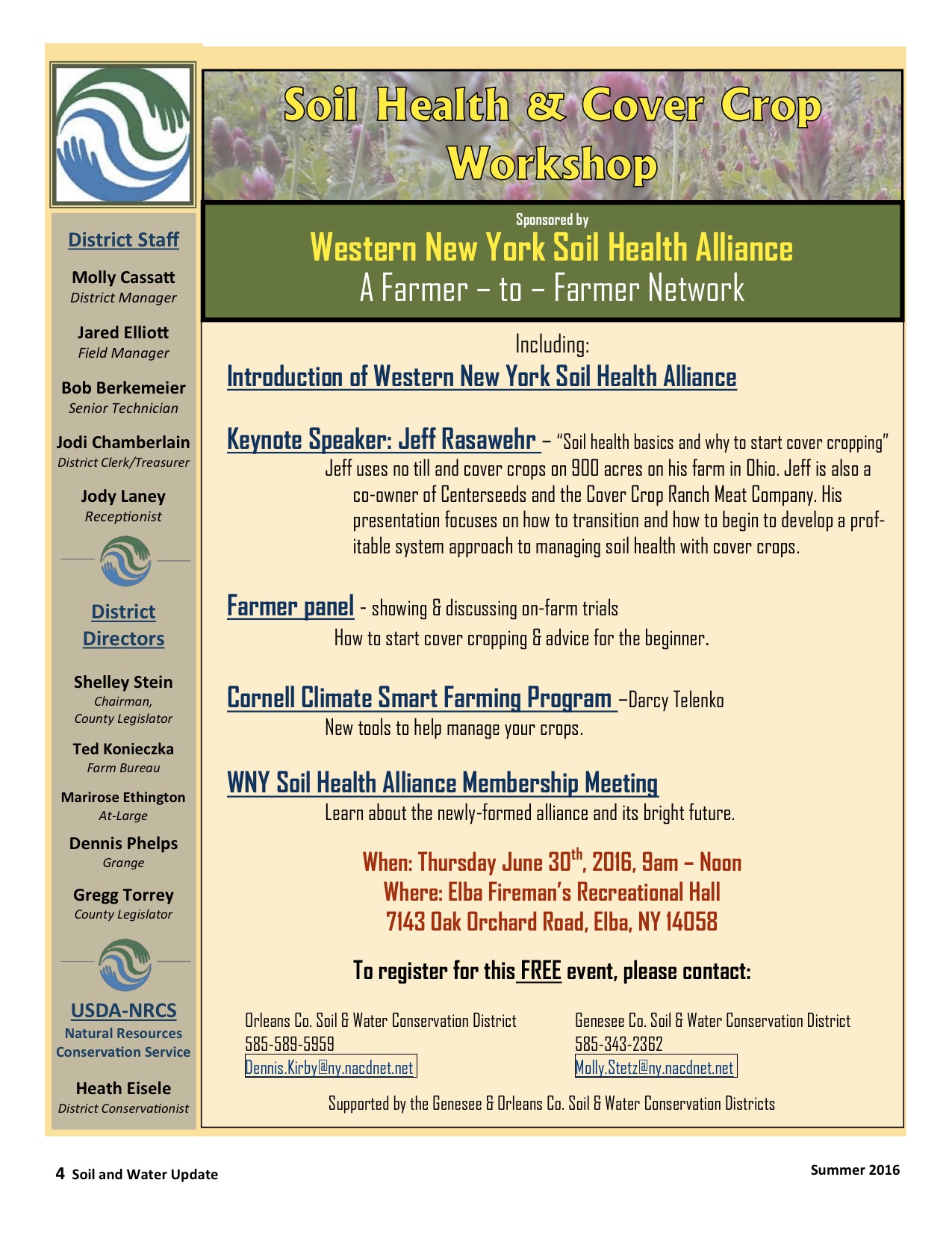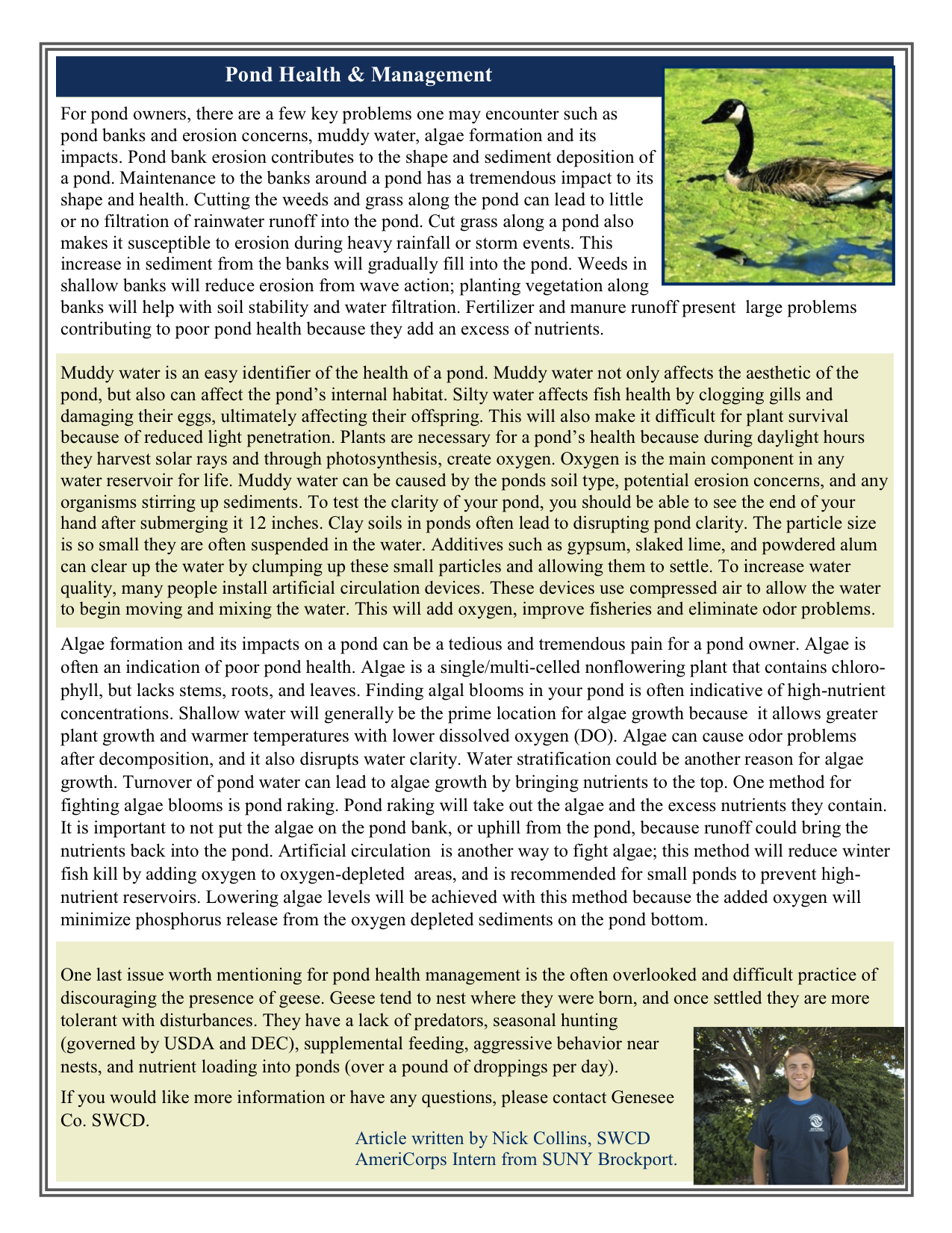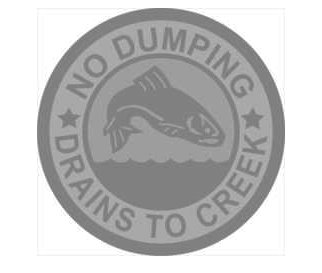This is historic news. Admin had been keeping an eye out, but was late in posting info! Also a short question & answer page can be found here .
From the Milwaukee Wisconsin Journal Sentinel on June 21:
Great Lakes governors approve Waukesha water request

Representatives of the governors for the eight Great Lakes states Tuesday approved Waukesha’s application for a Lake Michigan water supply. Waukesha plans to return water to the lake by discharging treated wastewater to the Root River at S. 60th St. in Franklin. Credit: Don Behm
By Don Behm of the Journal Sentinel
Chicago — Delegates for the governors of the eight Great Lakes states on Tuesday unanimously approved the City of Waukesha’s request for a Lake Michigan water supply.
On a historic 8-0 vote, Waukesha won the water prize it sought for 13 years. More than a dozen city officials attended the meeting of the states at the University of Illinois-Chicago.
Absent any legal challenges, the city will become the first U.S. community located entirely outside the Great Lakes drainage basin to receive a diversion of lake water under the Great Lakes Compact.
“This is going to help Waukesha now and in the future,” Waukesha Mayor Shawn Reilly said after the vote. “It will help our children and their children to an environmentally sustainable supply of water.”
Reilly said he was grateful for each state’s participation in reviewing the city’s application. “They based their decision today on science and the law,” he said.
State delegates focused their discussion Tuesday on a few last-minute amendments to a 12-page document. The document summarizes views of regional officials on the merits of Waukesha’s plan and the conditions needed for it to comply with a 2008 federal law known as the Great Lakes Compact.
The compact prohibits Great Lakes water under any circumstances from being pumped beyond counties straddling the lakes’ drainage basins. Waukesha County straddles the subcontinental divide between the Great Lakes and Mississippi River basins, so the city was eligible to apply for lake water.
The amendments offered by Minnesota and Michigan were not deal breakers, and they were approved by the states.
One flatly states that the city’s original proposed water distribution area extending into four other communities that gained the blessing of the Wisconsin Department of Natural Resources in December “did not clearly meet” all terms of the compact. Conditions added by regional officials last month were intended to achieve compliance.
Two of the conditions from the group include: diverting no more than an average of 8.2 million gallons a day of lake water by midcentury — a lesser volume than the average of 10.1 million gallons requested by the city; and a smaller water distribution area than the city proposed.
The smaller area would include only the city’s existing water service area, plus several town islands: small pieces of the Town of Waukesha surrounded by the city.
An amendment requested by Minnesota emphasizes that individual states or the Great Lakes states as a group can take enforcement actions against Waukesha to compel compliance with those conditions or the compact. Minnesota representative Julie Ekman said last month that she wanted to emphasize there would be another layer of enforcement beyond Wisconsin’s existing authority.
A separate amendment offered by Michigan would subject the city’s water utility to performance audits with only 30 days’ advance notice. In such an audit, the city would be required to open its operating records to inspection by one or all of the other seven states.
Michigan representative Grant Trigger said the amendment seeks transparency of city operations “to provide assurances that if this is approved it will be done right.”
Wisconsin DNR Secretary Cathy Stepp served as Gov. Scott Walker’s delegate to Tuesday’s meeting. Before the final vote, Stepp confirmed the department’s “commitment to and authority to enforce” diversion conditions.
In a statement after the meeting, Stepp said: “We look forward to working with Waukesha, its residents and our neighboring Great Lakes states and Canadian provinces to ensure that today’s decision is implemented in ways consistent with the scope of our authority and the needs of the community.”
Milwaukee Riverkeeper Cheryl Nenn said environmental and conservation groups from the region appreciated that the states “addressed the most egregious failure of the city’s original application — the large water service area.”
“We continue to believe Waukesha has reasonable water supply alternatives” without turning to the lake, Nenn said. “And we’re worried about potential environmental impacts to the Root River and downstream to Lake Michigan.”
Nenn said the regional groups had not decided on possible legal challenges to the diversion approval.
Return to sender
Tuesday’s decision requires the city to return 100% of the water pumped from the lake. It will return as fully treated wastewater discharged to the Root River, a tributary of the lake.
Waukesha started down a path leading to Tuesday’s decision with several years of studies evaluating alternatives to its primary water supply — deep wells pumping radium-contaminated water out of a sandstone aquifer depleted by more than a century of heavy regional use. Those studies concluded in 2010 by pointing city water utility officials toward the lake as the only sustainable resource available for the long term.
A June 2010 application for Lake Michigan water was followed by six years of review, first by Wisconsin environmental regulators and subsequently by regional water resources officials from the other seven states and Canadian provinces of Ontario and Quebec.
Just last month, representatives of seven of the eight states and both provinces gave conditional approval to the city’s request and agreed Waukesha is without a reasonable water supply alternative to Lake Michigan. After imposing conditions restricting use of the lake water, nine of the representatives — with Minnesota abstaining — determined the request would comply with the Great Lakes Compact.
“None of the evaluated alternatives were found to be reliable sources for a long-term, dependable and sustainable public water supply,” the group says in a declaration of finding.
The Great Lakes Compact required unanimous approval among states participating in the final decision. A single no vote would have killed Waukesha’s plan.
Waukesha’s lake water plan would cost $207 million or more to carry out. The city has proposed buying lake water from Oak Creek, building one set of pipelines and pumping stations to divert the water to Waukesha for use and a second set to return an equal volume of water as fully treated wastewater.
The next step is gaining state permits to construct and operate the system. Barring any legal delays, it will take six months to a year for the DNR to issue permits and for the Public Service Commission to authorize the city to construct the project, said Eric Ebersberger, deputy administrator of environmental management for the DNR.
When lake water becomes available, Waukesha will stop using its 10 groundwater wells, including seven deep wells. The city is under a court-ordered deadline of June 2018 to fully comply with federal and state drinking water standards for radium.
The lake water system could not be built in two years, so the city will have to seek an extension of that deadline in court, officials said.
When will the tap open?
The next step for Waukesha is gaining state permits to construct and operate the system. Barring any legal delays, that will take six months to a year.
The city is under a court-ordered deadline of June 2018 to fully comply with federal and state drinking water standards for radium.
The lake water system could not be built in two years, so the city will have to seek an extension of that deadline in court.
No Comments

